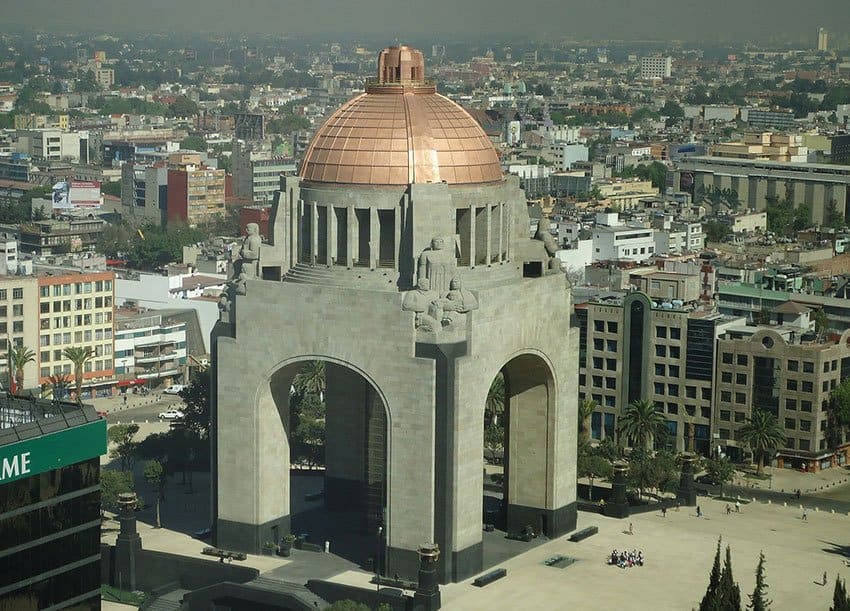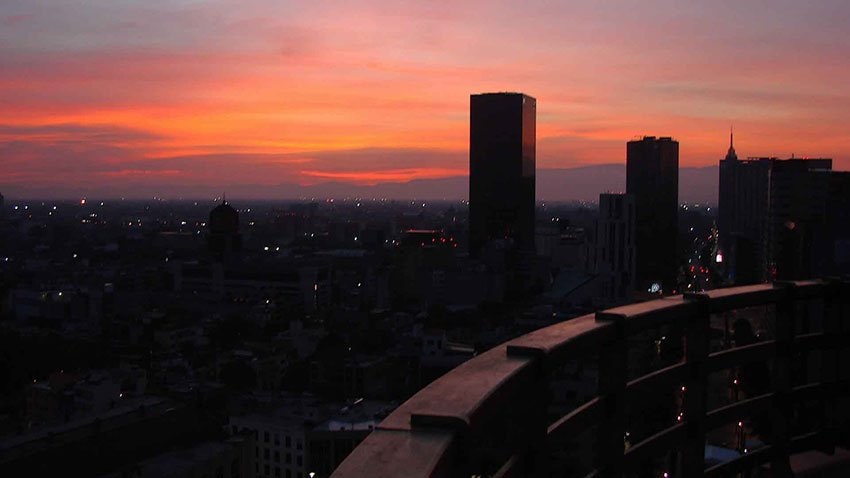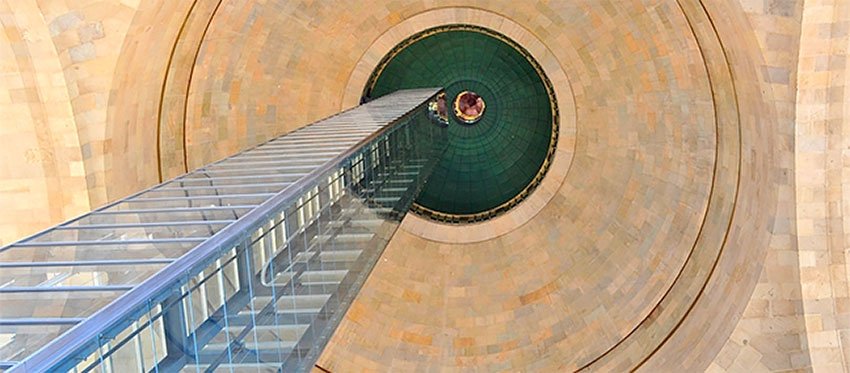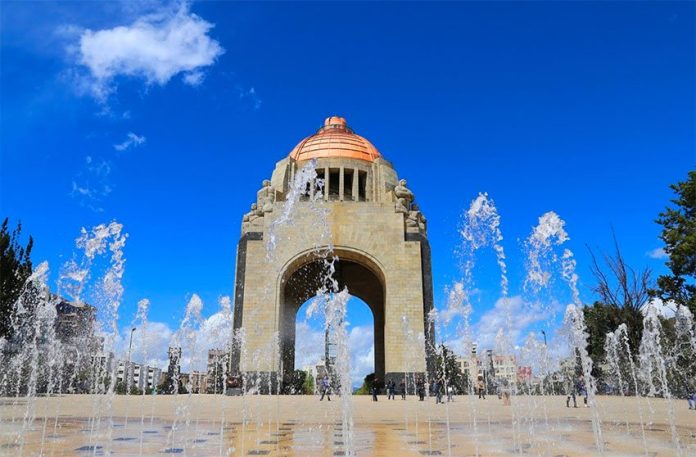The Mexican Revolution of 1910 is remembered every year with a public holiday on or around November 20. This year workers have today, Monday, November 19, as a holiday commemorating the day that the revolution began 118 years ago.
It started with the intention to end the 30-year dictatorship of President Porfirio Díaz and was long and bloody, lasting nearly a decade and taking the lives of between 1 and 2 million people, although information is varied and unclear on the exact numbers.
Díaz was exiled to France and would die there in 1915. The unrest in Mexico when the revolution was deemed to have ended in 1920 is said by some to have effectively continued until 1934 when Lázaro Cárdenas — who served in the Constitutionalist Army during the revolution — was elected, cut his salary in half and revived the agrarian reform.
The rich profiting from the land and agriculture, leaving many people dispossessed, was one of the catalysts for the revolution, which sought to create a more egalitarian Mexico.
The iconic figures of the time, including most famously Emiliano Zapata and Pancho Villa, are remembered and celebrated to this day.

The Monument to the Revolution in Mexico City’s Tabacalera neighborhood, close to the historical center, is a striking building that commemorates this important event in Mexico’s history.
The history of the monument itself is also rich and interesting. In 1906, a project to build a legislative palace in honor of the centennial of Mexico’s independence was ordered by Porfirio Díaz but construction was cut short due to the Revolution, which would begin some four years later.
For 25 years the building stood as a steel frame until 1933 when architect Carlos Obregón Santacilia was commissioned to build a monument to commemorate the revolution. The art deco building with the iconic copper dome roof was designed and built upon the frame that already existed.
In 1970, the elevators to the observation deck were closed and the monument began to deteriorate; its sculptures were removed and placed elsewhere across the city. Thankfully, however, in commemoration of the bicentenary of Mexico’s independence in 2010 the monument was rescued and restored with an eye to creating a place for visitors to enjoy the impressive views of the city that the building affords and to properly commemorate and remember the events of the Revolution.
Nowadays, the 360-degree observation deck is reached by a glass elevator. Not for the faint-hearted, the elevator quickly rises 213 feet, dropping visitors out on to spiral staircases that lead to the outside observation deck. Those with vertigo might want to skip this one or go with someone whom they can hold on to as they walk around. Once outside, you can keep near the inside wall which helps somewhat.
If you can manage the vertigo, the views across Mexico City on a clear day are impressive. There are also telescopes that help to extend the views even farther or to focus on specific landmarks. Access to the deck is available until 8:00pm (10:00pm Friday and Saturday) so you can visit either by day or by night for the different but equally spectacular views over the bustling megalopolis that is Mexico’s capital.

If you go up in the day you will get an impressive view of the city’s skyline and surrounding volcanos. Visit after dark to see the city lit up and spread out for miles before your eyes.
Walking around the deck you can also get up close and personal to the sculptures of Oliverio Marteinez, who created the four large stone columns in human forms that represent independence, the agrarian law, the workers’ law and the law of reform.
Guided tours are available that explain the history and significance of the building and the guides will help you to identify the buildings that can be seen from the observation deck.
The monument is more than just a building to commemorate the revolution, it is also the resting place of some of the important revolutionaries, with the remains of Vicente Carranza, Francisco. I. Madero, Plutarco Elias Calles, Lazaro Cardenas and Francisco (Pancho) Villa interred there. Head outside to see their names on plaques on the four corners of the monument.
If all of this sparks your interest in learning more about the revolution, you are in luck. The National Museum of the Revolution (which those with a fear of heights will be pleased to know is on the ground floor) will help fill in the blanks with over 400 different original pieces from the revolution and lots of information and interactive exhibits.
While at the monument make time for a coffee and a concha at Café Adelita, named after the female soldiers of the Revolution. There is a cafe on the ground floor and also one up on the observation deck, where you can enjoy your coffee with a view.

Also take a peak in the design shop that has a lot of interesting and unique design pieces, some related to the Revolution but many just displaying the talent of Mexican designers. This is definitely a museum shop worth a visit.
The attractions don’t stop inside the building either. Outside from 7:00pm until midnight the monument is illuminated, changing color and making for a rather beautiful sight. There is also the centennial fountain that shoots jets of water into the air at intervals. Kids and adults alike enjoy playing in it.
The surrounding area is popular on weekends too. There are often events held there, anything from fundraisers to little craft markets. So if you are planning a visit it is worth leaving extra time to spend exploring the square.
Once you visited, test your knowledge with this revolutionary quiz to see how much you learned.
The Monument to the Revolution is open Monday through Thursday from 12:00pm to 8:00pm, Friday and Saturday 12:00pm-10:00pm and Sunday 10:00am-8:00pm. For more information take a look at the website.
Susannah Rigg is a freelance writer and Mexico specialist based in Mexico City. Her work has been published by BBC Travel, Condé Nast Traveler, CNN Travel and The Independent UK among others. Find out more about Susannah on her website.
